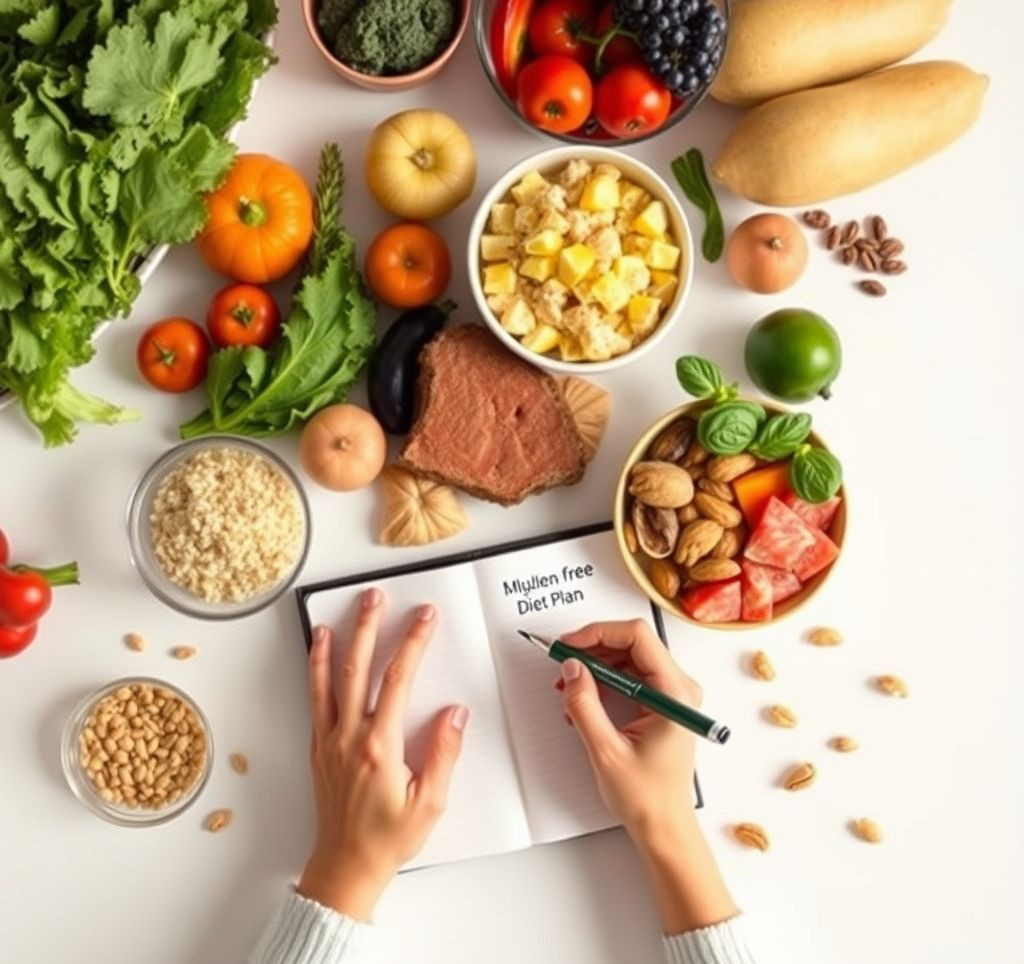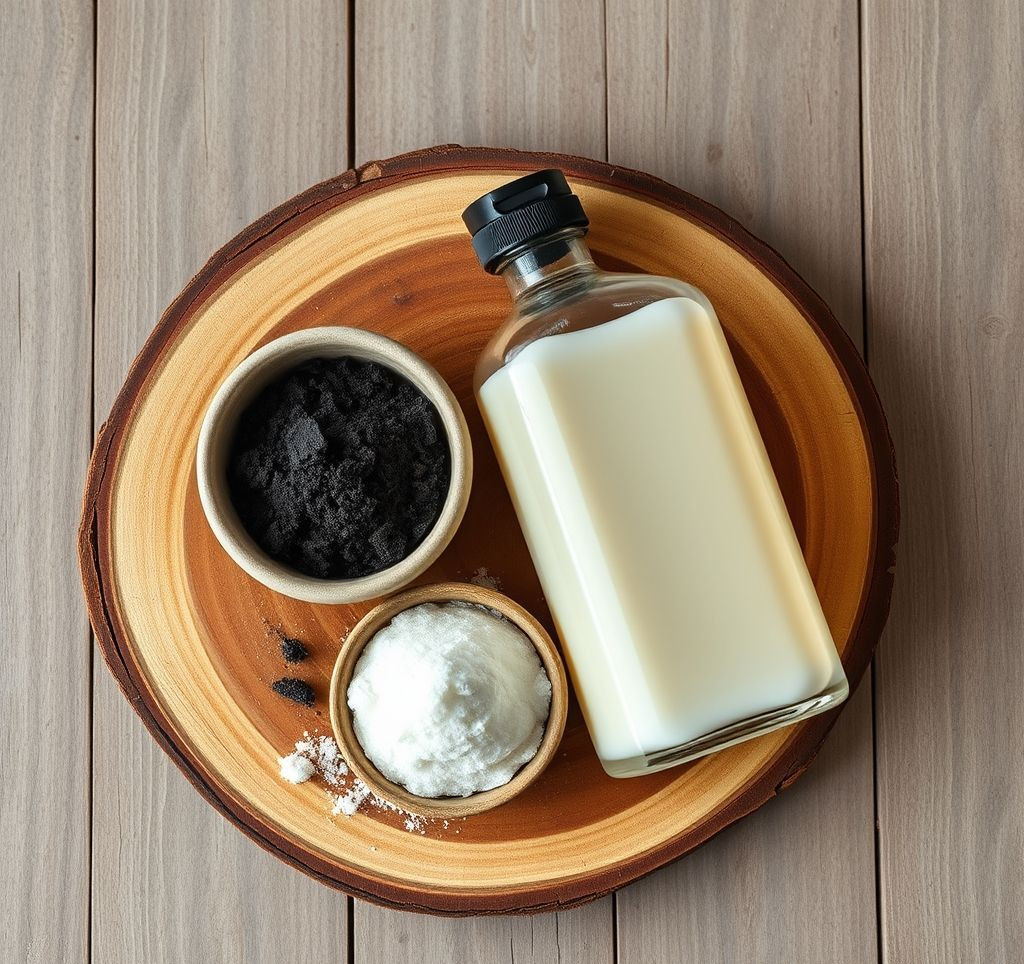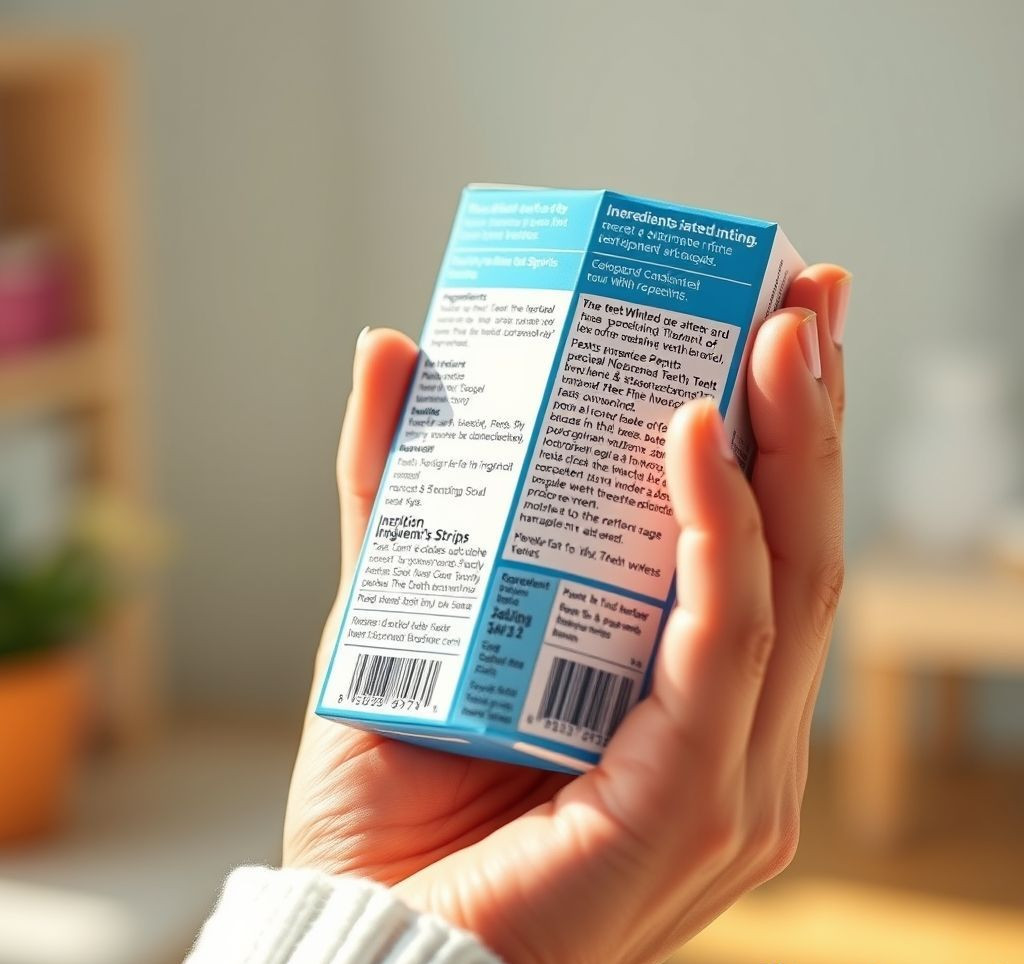Embarking on Your Gluten Free Journey: A Beginner’s Compass
Transitioning to a gluten free diet can feel like navigating uncharted territory, especially for beginners. Whether driven by a diagnosis like celiac disease, a struggle with gluten intolerance, or a personal wellness choice, understanding what gluten is and how to identify it is the first crucial step. This guide is designed to equip you with the knowledge and confidence to embrace a gluten free diet with ease, transforming potential confusion into a clear path toward healthier eating.
Why Embrace a Gluten Free Diet?
Adopting a gluten free diet offers numerous benefits for individuals with specific health needs and for those seeking improved well-being. Understanding its importance can be a powerful motivator:
- Health Management: For individuals with celiac disease, a strict gluten free diet is the only effective treatment to prevent intestinal damage and alleviate symptoms. It also provides significant relief for those experiencing symptoms of non-celiac gluten sensitivity or wheat allergy.
- Potential for Reduced Inflammation: Some individuals report a reduction in systemic inflammation and associated symptoms like joint pain and fatigue when they remove gluten from their diet.
- Digestive Comfort: Many people find that a gluten free diet leads to improved digestion, reduced bloating, and more regular bowel movements.
- Increased Awareness of Food Choices: Embarking on a gluten free diet often encourages a more mindful approach to food, leading to the discovery of new, naturally healthy ingredients and recipes.
Did you know that approximately 1 in 100 people worldwide are affected by celiac disease, an autoimmune disorder triggered by gluten consumption? This makes the gluten free diet not just a lifestyle choice for many, but a medical necessity.
What is Gluten and What to Avoid on a Gluten Free Diet
At its core, gluten is a group of proteins found in grains, most notably wheat, barley, and rye. These proteins give dough its elasticity and a characteristic chewy texture. For anyone following a gluten free diet, avoiding these grains and their derivatives is paramount.
Key ingredients to avoid when starting a gluten free diet:
- Wheat: Includes all varieties like spelt, kamut, farro, durum, semolina, and einkorn.
- Barley: Often found in malt, beer, and some soups or processed foods.
- Rye: Commonly used in bread, particularly pumper Nickel, and some whiskeys.
- Malt: Typically derived from barley, it appears in malt vinegar, malted milk, and many breakfast cereals.
- Brewer’s Yeast: Similar to malt, it’s often a source of hidden gluten.
It’s also crucial to be aware of cross-contamination. Even naturally gluten-free foods can become contaminated if prepared with shared utensils or surfaces where gluten-containing foods a
re present. Reading labels diligently is your best defense for a successful gluten free diet.A Beginner’s Gluten Free Diet Plan: What to Eat
Navigating the gluten free food list is simpler than you might think. Many delicious and nutritious foods are naturally free of gluten, forming the foundation of a healthy gluten free diet for beginners:
- Fruits and Vegetables: All fresh, frozen, or canned fruits and vegetables without added sauces or seasonings are safe.
- Proteins:
- Meats, poultry, and fish (unbreaded, unmarinated).
- Eggs.
- Legumes (beans, lentils, peas).
- Nuts and seeds.
- Dairy: Milk, cheese, yogurt, and butter (ensure no additives).
- Grains and Starches (Gluten-Free):
- Rice (all types).
- Corn.
- Quinoa.
- Oats (certified gluten-free to avoid cross-contamination).
- Buckwheat.
- Millet.
- Amaranth.
- Sorghum.
- Tapioca.
- Potatoes.
Look for products clearly labeled “Gluten-Free” to make your shopping easier. This label on packaged goods is a reliable indicator that the product meets strict gluten-free standards.
Expert Tips for Transitioning to a Gluten Free Diet
Making the shift to a gluten free diet can be a learning curve, but with the right approach, it becomes manageable and even enjoyable. Here are some expert tips for beginners:
- Focus on Whole Foods: Build your meals around naturally gluten-free ingredients like fresh produce, lean proteins, and gluten-free grains.
- Become a Label Reader: Familiarize yourself with common gluten-containing ingredients and always check product labels for “gluten-free” certifications. Be wary of terms like “wheat-free” if you need to avoid barley and rye too.
- Educate Yourself: Understand the nuances of gluten intolerance and how it affects your body. Resources from reputable health organizations can be invaluable.
- Plan Your Meals: Pre-planning meals and snacks can prevent accidental gluten consumption and reduce the stress of finding safe options when you’re on the go.
- Explore New Recipes: The world of gluten-free cooking is vast and exciting. Experiment with gluten-free flours and recipes to discover new favorites.
- Be Mindful of Hidden Gluten: Gluten can lurk in unexpected places like sauces, gravies, marinades, processed meats, and even some medications or supplements.
“The journey to a gluten-free lifestyle is not about deprivation; it’s about discovery. It’s about nourishing your body with foods that make you feel vibrant and alive.”
This quote underscores the positive aspect of embracing the gluten free diet. It’s about enhancing your well-being and enjoying a rich variety of foods.
“`



















